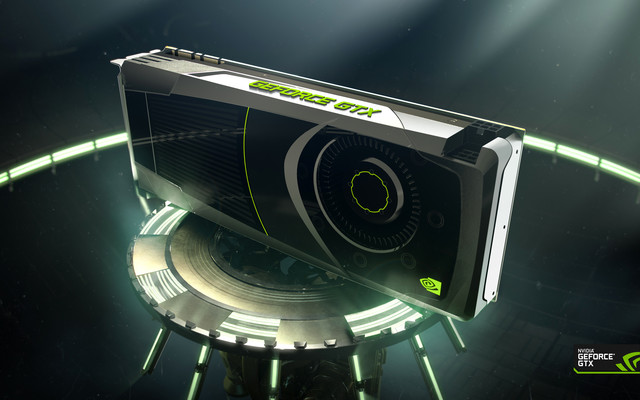The GTX 10XX series graphics cards have not yet been popularized, and Nvidia has begun to develop next-generation VR graphics cards. This may be an "unfortunate" news for players who have just started Pascal architecture. It is reported that Nvidia's next-generation VR card will be named GTX 20XX, based on the Pascal 2.0 architecture.

GeForce GTX 20 Guess
According to leakers, Nvidia plans to launch the new GTX 20XX series, and some websites share the leaked graphics specifications. According to the table, there will be a new batch of graphics cards to meet consumers in 2017. However, because Nvidia has not formally confirmed the specifications of the next generation of Geforce graphics, this form is doubtful.
GeForce GTX 2080Ti and GeForce GTX Titan Black Box V2 - Using Nvidia GP102 Core
Some foreign media broke the news that the new GTX 20XX will also use Pascal architecture, but will upgrade the process to 14nm FinFET. According to reports, the Pascal architecture of the latest process will be used first in the GeForce GTX 2080 Ti, based on an improved version of the GP102. The GTX 2080 Ti will be the first to use 384-bit memory GDDR5X, while the improved GP102 core will integrate 3384 CUDA cores.
The source also said that the second graphics card still uses the GP 102 core, but it will be the GTX Titan black box V2 version. The V2 version will integrate a 384-bit bus interface that supports up to 24GB of GDDR5X memory at a speed of 12GB/s. V2's 3840 CUDA core frequency will be locked at 1600MHz. Since HBM is not used, its total bandwidth is up to 576Gb/s.
GeForce GTX 2070 and GeForce GTX 2080 - With Nvidia GP104
Next are two GP104 core derivatives. The GTX 2070 will be an improved version of the GTX 1070 with 2048 CUDA cores. The GeForce GTX 2070 will also be equipped with GDDR5X memory at 10 GHz and CUDA core frequency at 1700 MHz. The new GTX 2070 is estimated to have a price of $349, a 20% performance improvement over the GTX 1070, and the performance is comparable to the current GTX 1080.
The GTX 2080 will replace the GTX 1080. Although the number of CUDA cores remains the same, the core frequency is higher. The GTX 2080 will be equipped with GDDR5X memory at speeds up to 12GHz and will upgrade the core frequency to 2000MHz. The GTX 2080 is priced at about $499, but its performance will be 15% higher than the current GTX 1080 version.
GeForce GTX 2060 and GeForce GTX 2060Ti-using Nvidia GP106
GP106 will have two versions: GTX 2060 and GTX 2060 Ti, which will replace the current GTX 1060 3GB and GTX 1060 6GB versions. It is speculated that these cards will be available in the second half of 2017. Both cards will use the same specifications as today, but the core frequency will be higher.
GeForce GTX 2050- with Nvidia GP107
The GTX 2050 will use the GP107 core. There are rumors that the specifications of the GTX 2050 and GTX 1050 Ti are the same, all 768 CUDA cores, but will be equipped with 1700MHz frequency and 8 GHz of memory. The GTX 2050 may sell for $150.
A few days ago, Oculus just announced the lowered configuration of the VR computer. According to this situation, it seems that the performance of the GTX 2050 and GTX 1050Ti versions launched next year will surpass those of the previous GTX 960, and even close to that of the GTX 970. Very willing to GTX 2050 and GTX 1050Ti will become the killer of low-end VR graphics card, speed up the popularity of VR computers.